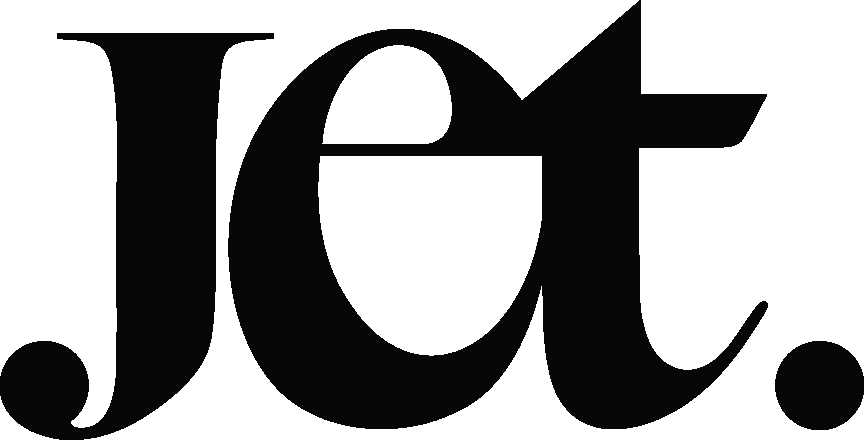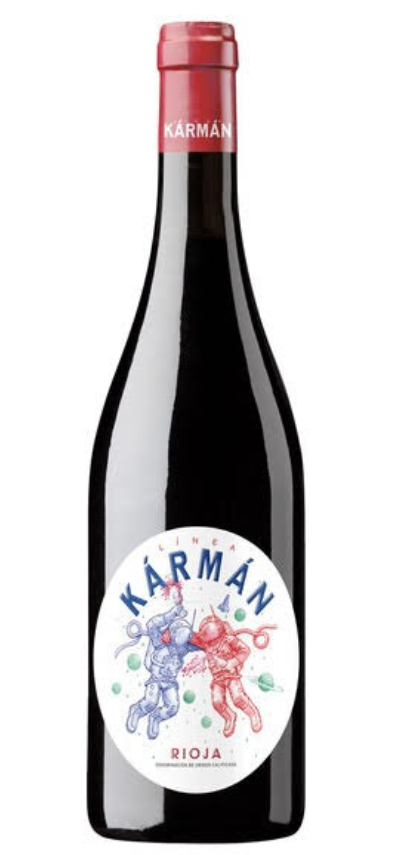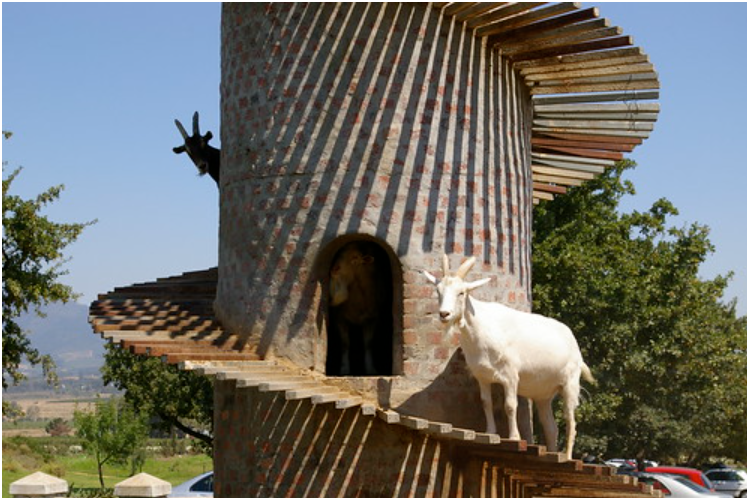April is all about Wine and Cheese
NOTE: Well, changes happen. And we have a last-minute cheese change! But, I’m not changing my goat story. So, I assure you the new cheese – Nimbus Triple Cream Brie – will also be delicious with the Trizanne Syrah.
I suspect you’ve already noticed but, hey, wine and cheese go great together!
The salt, the fat, the tang… really just scream for wine accompaniment. As always, pairings and flavor preferences are very subjective, and so which wine goes with which cheese takes a little thought. Or, better yet, creating a great pairing takes a lot of trial and error. I regularly test my own hypotheses about what goes well together by things that I do think will “work”, as well as those I think will be terrible together. It is always fun. Really!
This month’s club is a great way to explore pairings (my way or yours), as we have partnered with our friend Ann Karlen of Third Wheel Cheese to bring you two, delicious cheeses to go with your two, delicious wines. I recommend you try them in all their combinations, but I’ve got recommendations… What are those based on? Generally speaking, flavors, stories, and, in essence, gestalt. Read on to see - but there is a dinosaur. And a rhinoceros.
Cheeses
More Cowbell is a cow’s milk cheese from Pennsylvania’s Goat Rodeo Farm and Dairy. It is in a mountain style (aka alpine-- think emmental or swiss), and is earthy, herbal and complex. It is cave aged with a black cream wax rind.
First Light Honey Chevre is a goat’s milk cheese from Old Chatham Creamery of New York. It is lighter and creamier than traditional chevre, and perfect for spring with the addition of local honey. It is grassy, tart, and has a touch of balanced sweetness.
Wines
Image credit: https://www.giulianaimports.com/karman-rioja
Linea Karman Garnacha Rioja 2021 is a fresh (unoaked) and juicy wine made from 88% old-bush vine Garnacha and 12% Tempranillo. Whole, destemmed clusters are fermented with native yeasts in stainless. The juice is left on the lees for four months, then bottled. The result is a little bit wild and brambly – like the river valleys nearby. The blackberry and plummy fruits get a little kick from black pepper and allspice. Bright and juicy in the mouth with nice acidity for… cheese! Drink it at room temperature or chilled.
Linea Karman is a negociant project from David González, the wine director at Gómez Cruzado, which makes wines in the Haro region of Rioja Alta. For this wine, though, the Garnacha and Tempranillo are sourced from the villages of Badarán, Cardenas and Cordovín, which are found in the southern Rioja Alta in the cool-climate Cardenas River Valley. Soils here, at the foot of the Sierra de la Demanda mountains, are iron and clay rich. This part of Rioja – in the Najerilla Valley – is home to ancient terraces and some of the regions oldest vines.
Image credit: @TrizanneB on X
Trizanne Syrah Swartland 2021 is a medium-bodied syrah with a big heart. The 100% Syrah grapes were sourced from dry-farmed plots in schist and shale soils of the Swartland. The destemmed grapes then underwent natural fermentation in open tanks, and spent 12 months in small barrels. This wine is fruity and savory; we get pomegranate notes, black and white pepper, wet earth, and nice acidity. Taste some black olive in there? It’s not just you!
Trizanne Barnard is the owner and winemaker of her namesake winery. She makes wines from grapes from vineyards in Elim and Swartland, the latter from where this Syrah comes. Swartland is in the Western Cape Province, just north of Cape Town. The area is very fertile, with orchards and olive groves (remember that olive note?), wheat fields, and, of course, vineyards.
Wine and Cheese Pairings – and Stories!
What cheese for which wine?
To figure that out, we’ll have to delve into the regions just a bit more…
Rioja
The Rioja region, generally, has a long history of wines and vines; their earliest appearance here dates ca the 11th century BC, credited to Phoenician traders and movement of people and goods up the Ebro River – one of the most important rivers to La Rioja. As is the case with most “Old World” regions, vines and the culture of wine were further spread and maintained via the policies of the Roman Empire.
But dates back much earlier than wine? Animals. Remember January Wine Club’s blog and the ancient elephant prints dating from several hundred thousand years ago? Well, La Rioja does not have elephant prints – even Hannibal skirted near the sea on his way to crossing the Alps – but dinosaur remains are a different story. The town of Enciso is at the center of a paleontological trove of dinosaur remains, including footprints dating back to the Early Cretaceus period, over 100 *million* years ago! The dinosaurs, or course, do not provide milk for cheese, but do provide tourism for the town (please watch this amazing clock automaton!)
Image Credit: https://en.wikipedia.org/wiki/Cave_of_Altamira
But there are early animals of Spain and La Rioja that are more relevant to dairy. Bison and Aurochs (wild cattle) roamed Northern Spain during much of the Paleolithic period, and these animals were hunted with spears for their meat, skins, and bones (not yet dairy!). They were also very symbolic and feature widely in the cave art of the later Paleolithic. The Altamira caves, in nearby Cantabria, are among the most famous in the world and have paintings dating from ca 35000 BC to the last uses of the cave around 12000 BC that show these animals in repose, alone, in herds, etc. While these animals were significant to their hunters, they ultimately were not the source of Spain’s domesticated cattle; those came later. From where did they come? The ancient Near East – just like the wine that would come later. Around the time the Altamira Cave was abandoned, the process of domesticating and managing wheat, barley, sheep, goat, cattle, and pigs was begun in the “Fertile Crescent” regions of Turkey, Syria, Iraq, Iran, and the Levant. This “Neolithic Revolution” led to increasingly settled communities and civilizations. After a few more millennia, those domesticated goods and the knowledge to reproduce them spread to Europe. Just like the later wine, the Ebro was an important conduit for spreading those domesticates from the Mediterranean to the North. Movement into northern Spain along the Ebro happened as early as the 6th millennium BC, as we know from one of my favorite type of studies – those that analyze dung (i.e. animal poop). Prefer a non-poop study, try this. Anyway, it took a bit longer for those domesticates to be used for dairying, but dairy they did.
La Rioja does, in fact, have a local cheese. Sierra de Cameros is a traditional cheese made from goat’s milk that has Protected Designation of Origin status. While goats are among the animals of our story (they, too, came during the “Revolution”), the art of the Altamira cave gives the nod to the cows. Let’s drink this with the More Cowbell! The fresh and juicy wine will add a little zing to the herbal flavors and slight nuttiness of the alpine-style cheese.
Swartland
South African wine production is waaaaaay younger than that of Rioja, and Swartland is relatively young by South African standards: most wineries there were founded in the last few decades.
While the area is now filled with farmland, it once was home to all types of wild animals. The black rhinoceros used to range the Swartland, though it now only remains in the name of the “rhinoceros bush”, or renosterbos, or Elytropappus rhinocerotis. There are opposing claims as to the origin of the name, and its precise relation to the rhino. The bush thrives in areas that have been overgrazed, as it gains a foothold when not competing with other plants and grasses. It is not considered palatable to livestock and, even if rhinos were still present, it is actually unclear if they ate the bush. It seems that not even goats – consumers of most everything in their path – are keen to eat the renosterbos. So, goats and rhinos share an unknown-predilection for renosterbos (maybe they eat it, maybe they don’t). Both animals are mammals, and thus produce milk. Rhinos, though, aren’t exactly a dairy animal. This has little to do with the fact that the black rhino has among the lowest percentages of fat in its milk (ca. 0.2%), and more to do with the difficulty with which the animals could be milked. Who else has low-fat milk? Goats. Their milk fat percentage is by no means as low as that of the rhino, but is the lowest of the main dairy animals. While the actual fat content differs across environment, the relative results are always the same: goats milk has lower fat-content than cow, water buffalo, and – especially – sheep (see here, for example).
With so much in common, its no wonder that goats and rhinos can be great friends. They have been known to play with each other, and this video shows another use that goats have for their pals: food ladders! Alas, with rhinos absent from the region, at least one goat farm had to take ladder matters into their own hands and build a tower for their goat charges.
Photo: Potjie - Flickr
Fairview Cheese and Wine has always taken a tongue-in-cheek approach to wine, notably with their “Goats do Roam” range of wines – a play on Cotes du Rhone. Among their estate are vineyards in Swartland. But, it is their winery in Paarl that truly capra-tures the spirit of the beast with their herd of goats and bespoke “goat tower”. And, yes, they do make cheese from their goats’ milk.
So, the gestalt here clearly is with the goat’s milk cheese. In addition to our rhino and goat story, I always think “earthy” when pairing with a chevre. And, the berry and pepper will be a fabulous match for the bit of honey
To make this very long story short, I suggest the following:
· Linea Karman Rioja with More Cowbell
· Trizanne Syrah with Honey Chevre
But, remember, To find your own magical combination, you’ll just need to experiment more!





